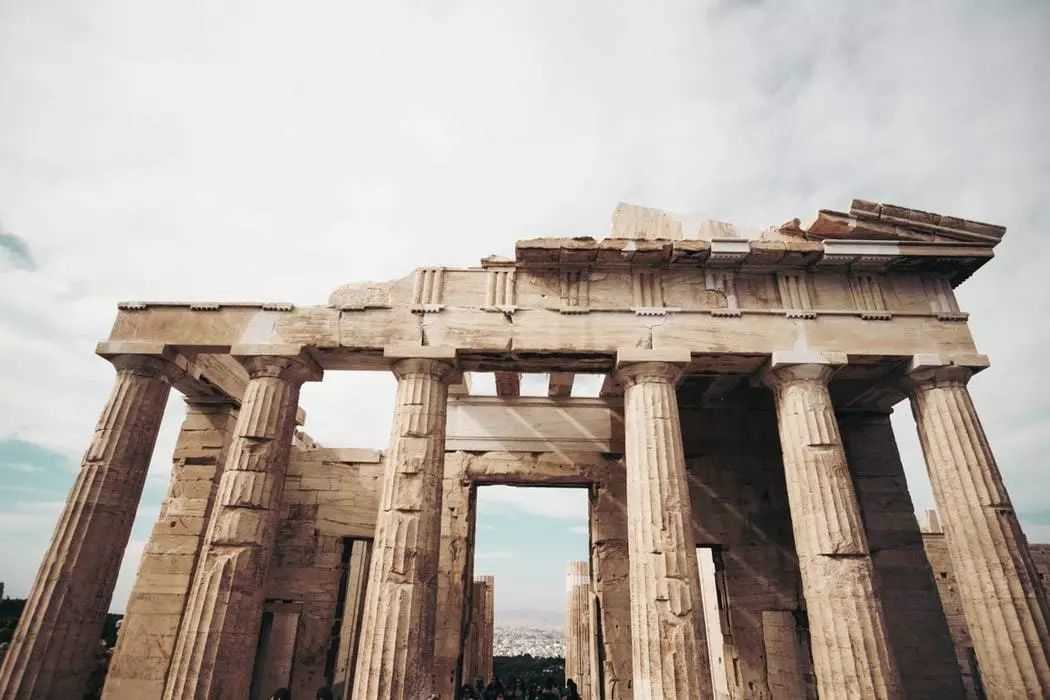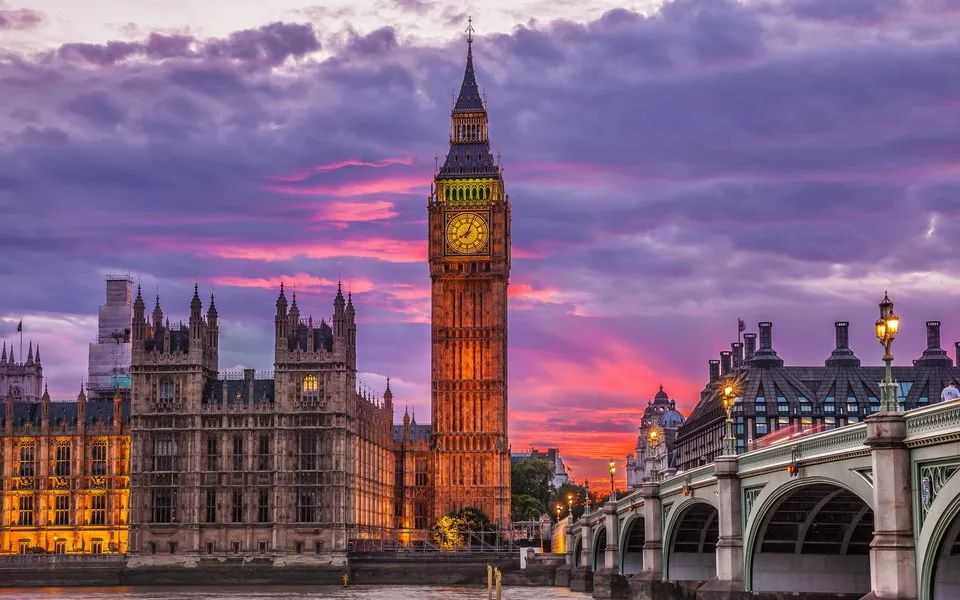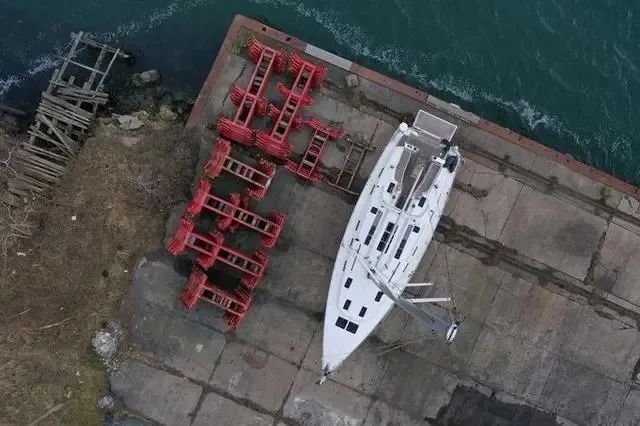
Renowned for its vibrant coloration and unique feeding behavior, this fish has captured the attention of marine enthusiasts and researchers alike. Its name "blue groper" stems from its predominantly blue body adorned with intricate patterns, making it a standout among reef inhabitants.
The blue groper features an elongated, robust body that can grow up to 1 meter in length. Adult males display a more vivid blue hue with yellow accents on their fins and head, while females and juveniles sport a mix of green, brown, and white markings. One of the most remarkable traits of Choerodon schoenleinii is its feeding technique. Equipped with powerful jaws and canine-like teeth, it can crack open the shells of crustaceans, mollusks, and sea urchins, using rocks as "tools" to smash prey—a rare example of tool use in fish. This behavior not only highlights its intelligence but also plays a crucial role in maintaining the balance of the reef ecosystem by controlling invertebrate populations.
Despite its adaptability, Choerodon schoenleinii faces significant threats. Overfishing, driven by its popularity in the seafood market due to its firm, flavorful flesh, has led to population declines in many areas. Additionally, habitat degradation from coral bleaching, pollution, and coastal development disrupts its natural environment. Listed as "Near Threatened" on the IUCN Red List, conservation efforts such as fishing regulations and marine protected areas aim to safeguard this iconic species. As a keystone species in reef ecosystems, the blue groper's survival is essential for preserving the health and biodiversity of the underwater world, reminding us of the urgent need to protect these colorful and resourceful marine inhabitants.





